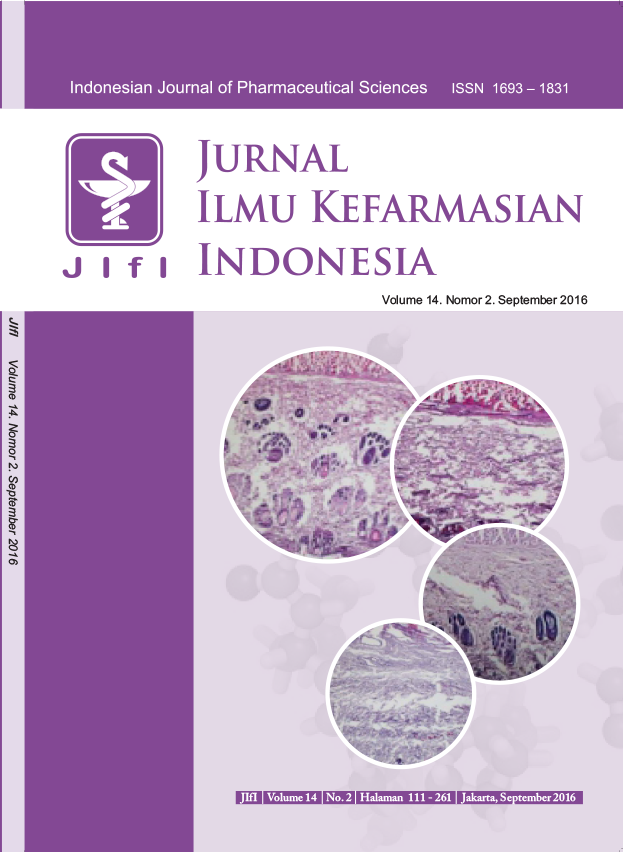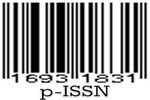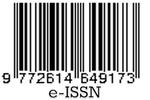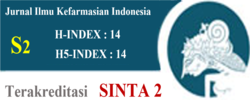Pengaruh Plasticizer Gliserol dan Sorbitol terhadap Karakteristik Film Penutup Luka Kitosan-Tripolifosfat yang Mengandung Asiatikosida
Abstract
Plasticizer seringkali ditambahkan ke dalam formula suatu film untuk memperbaiki sifat mekaniknya. Film penutup luka kitosan-tripolifosfat yang mengandung asiatikosida telah dibuat dengan menggunakan gliserol dan sorbitol sebagai plasticizer. Tujuan dari penelitian ini adalah untuk mempelajari pengaruh komposisi dan konsentrasi plasticizer gliserol dan sorbitol terhadap karakteristik film yang dihasilkan. Film dibuat sebanyak lima belas formula dengan variasi komposisi dan konsentrasi plasticizer. Plasticizer terdiri dari gliserol dan sorbitol dengan rasio 100:0 (formula A); 75:25 (formula B); 50:50 (formula C); 25:75 (formula D); dan 0:100 (formula E). Konsentrasi plasticizer yang digunakan adalah 40%, 60% dan 80% v/b dari berat kitosan. Film yang dihasilkan dievaluasi meliputi stabilitas fisik, ketebalan, laju transmisi uap air, penyerapan lembab, kapasitas retensi air, uji pelipatan, kekuatan tarik dan perpanjangan putus. Hasilnya menunjukkan bahwa komposisi dan konsentrasi plasticizer gliserol dan sorbitol berpengaruh secara bermakna terhadap ketebalan, kekuatan tarik dan perpanjangan putus film yang dibuat (p<0,05) dan pengaruhnya tidak bermakna terhadap laju transmisi uap air dan kapasitas retensi air (p>0,05). Berdasarkan karakteristik film di atas, formula C dengan konsentrasi plasticizer 60% dan 80% dapat dilanjutkan untuk membuat film penutup luka kitosan-tripolifosfat yang mengandung asiatikosida.
Licencing
All articles in Jurnal Ilmu Kefarmasian Indonesia are an open-access article, distributed under the terms of the Creative Commons Attribution-NonCommercial-ShareAlike 4.0 International License which permits unrestricted non-commercial used, distribution and reproduction in any medium.
This licence applies to Author(s) and Public Reader means that the users mays :
- SHARE:
copy and redistribute the article in any medium or format - ADAPT:
remix, transform, and build upon the article (eg.: to produce a new research work and, possibly, a new publication) - ALIKE:
If you remix, transform, or build upon the article, you must distribute your contributions under the same license as the original. - NO ADDITIONAL RESTRICTIONS:
You may not apply legal terms or technological measures that legally restrict others from doing anything the license permits.
It does however mean that when you use it you must:
- ATTRIBUTION: You must give appropriate credit to both the Author(s) and the journal, provide a link to the license, and indicate if changes were made. You may do so in any reasonable manner, but not in any way that suggests the licensor endorses you or your use.
You may not:
- NONCOMMERCIAL: You may not use the article for commercial purposes.
This work is licensed under a Creative Commons Attribution-NonCommercial-ShareAlike 4.0 International License.





 Tools
Tools





















